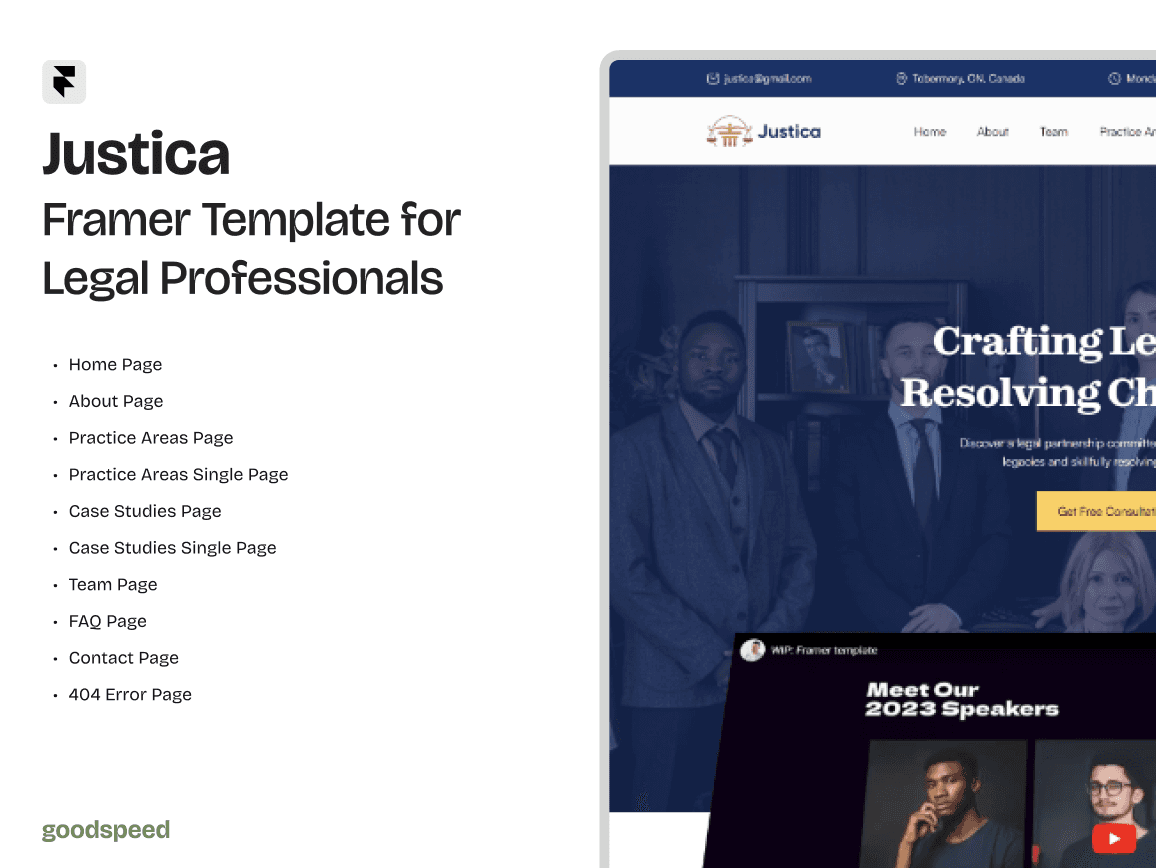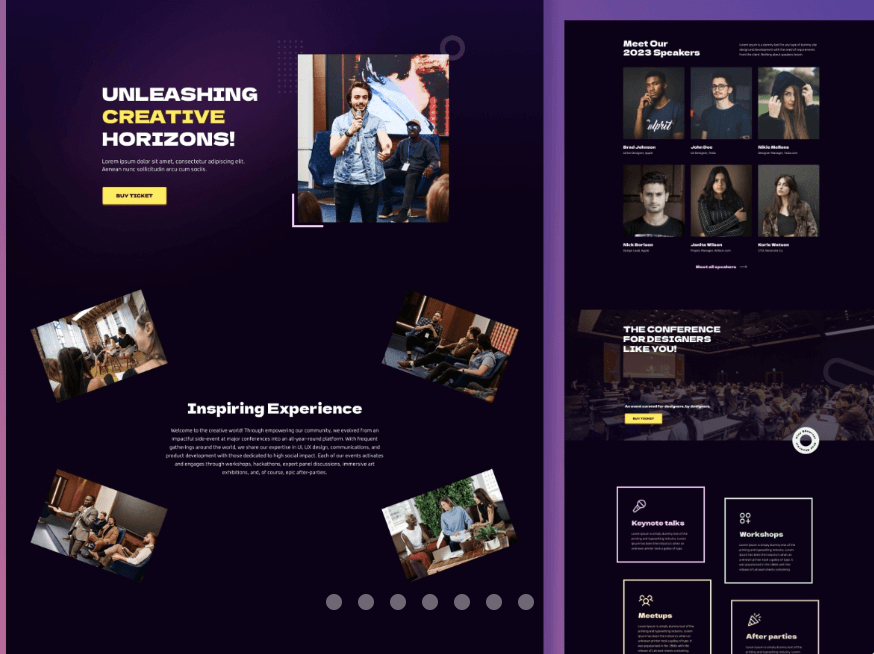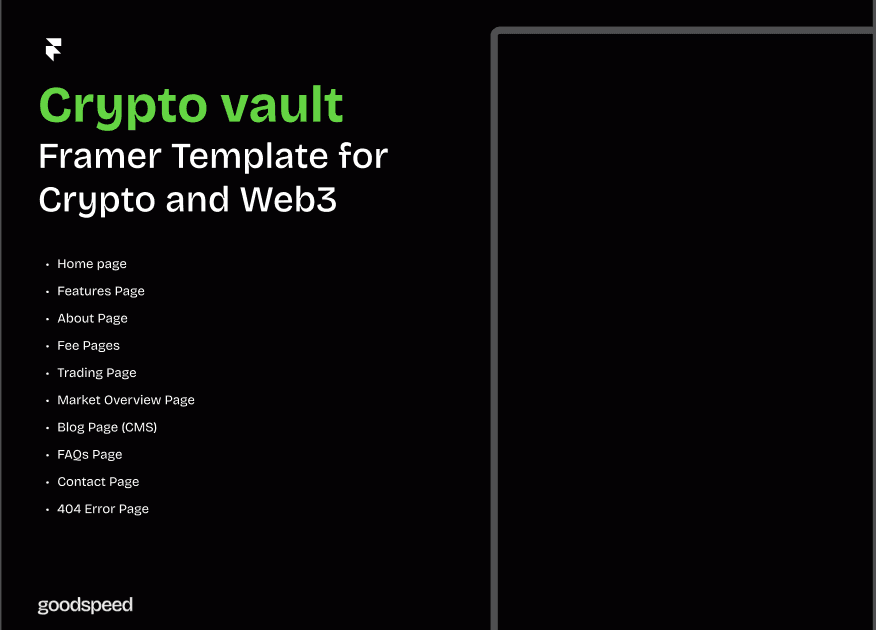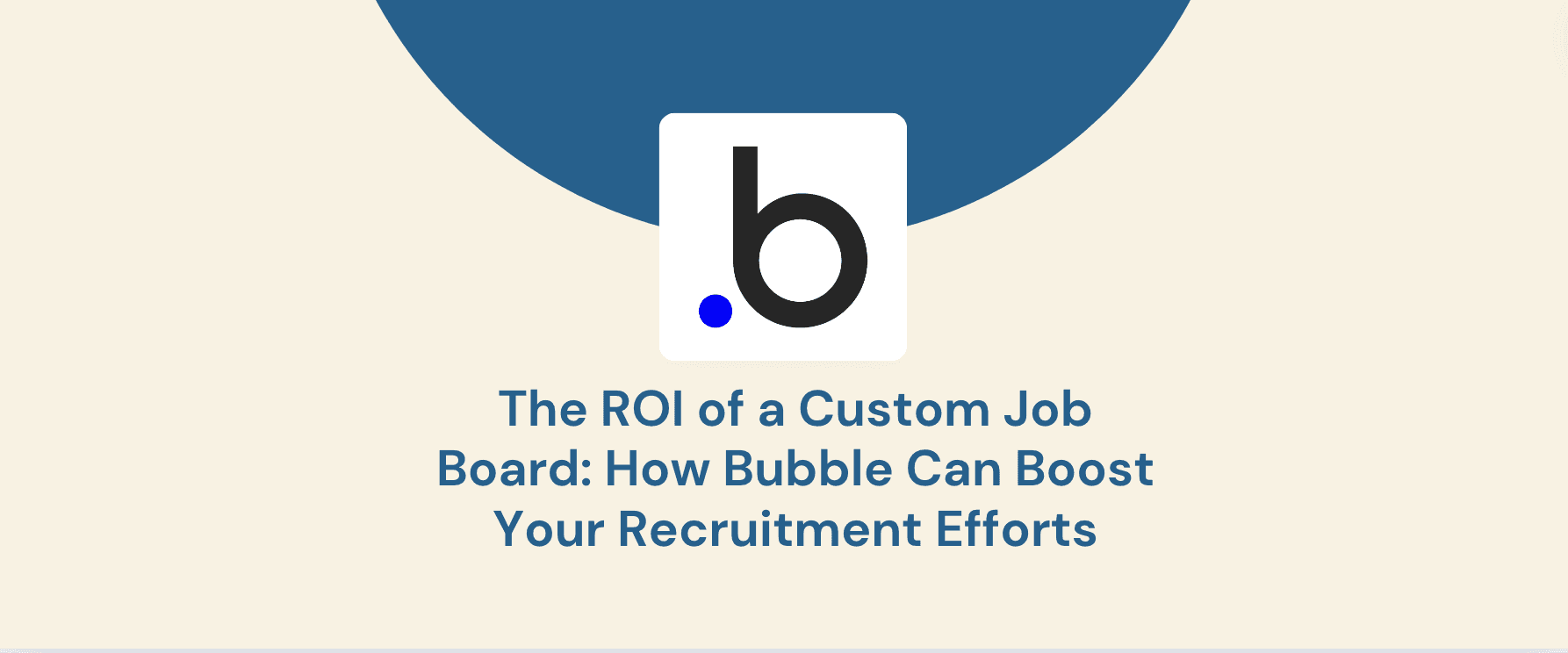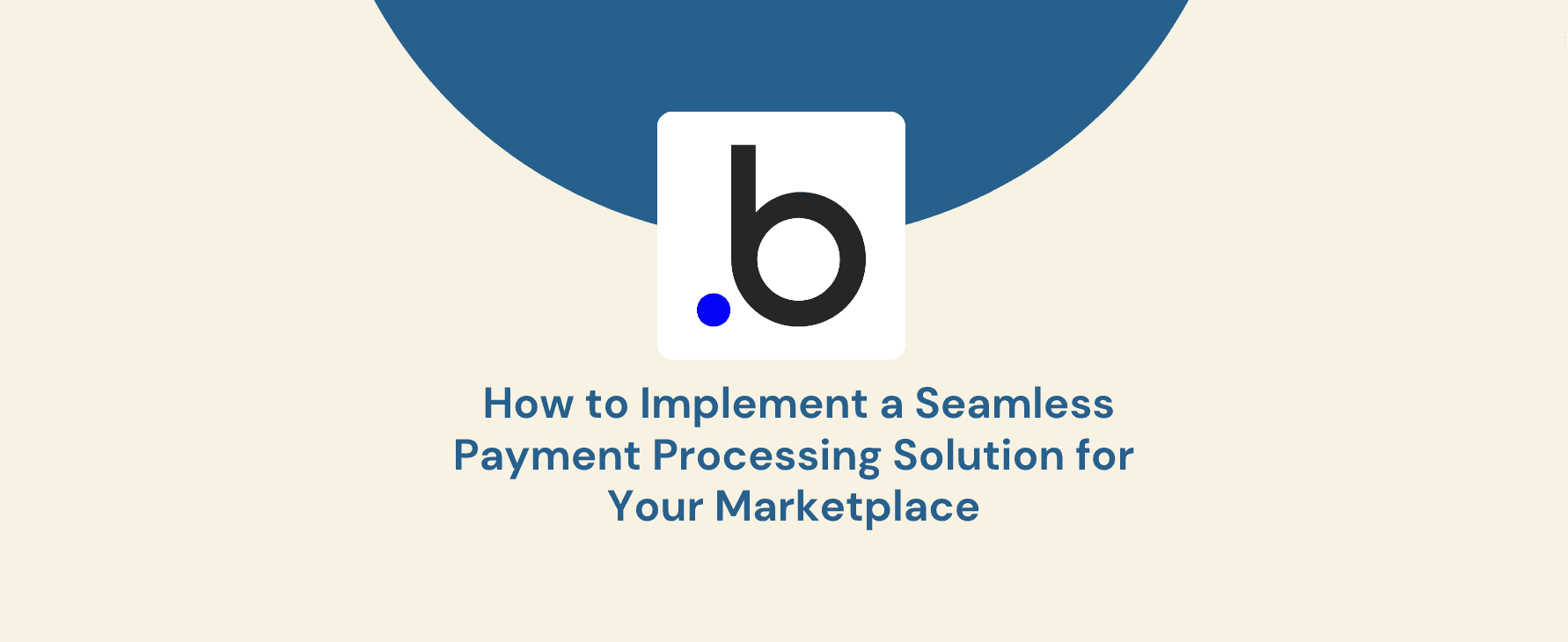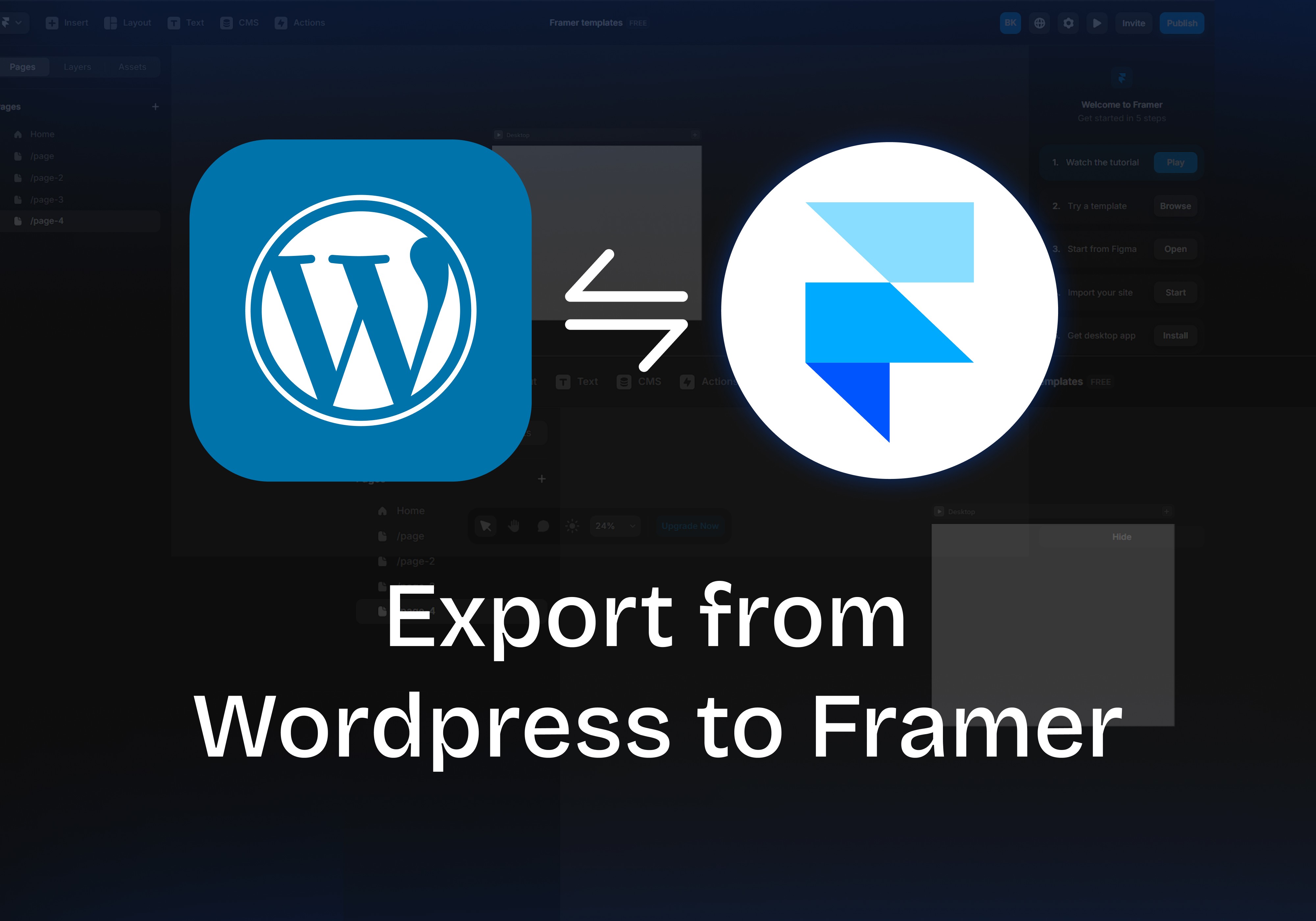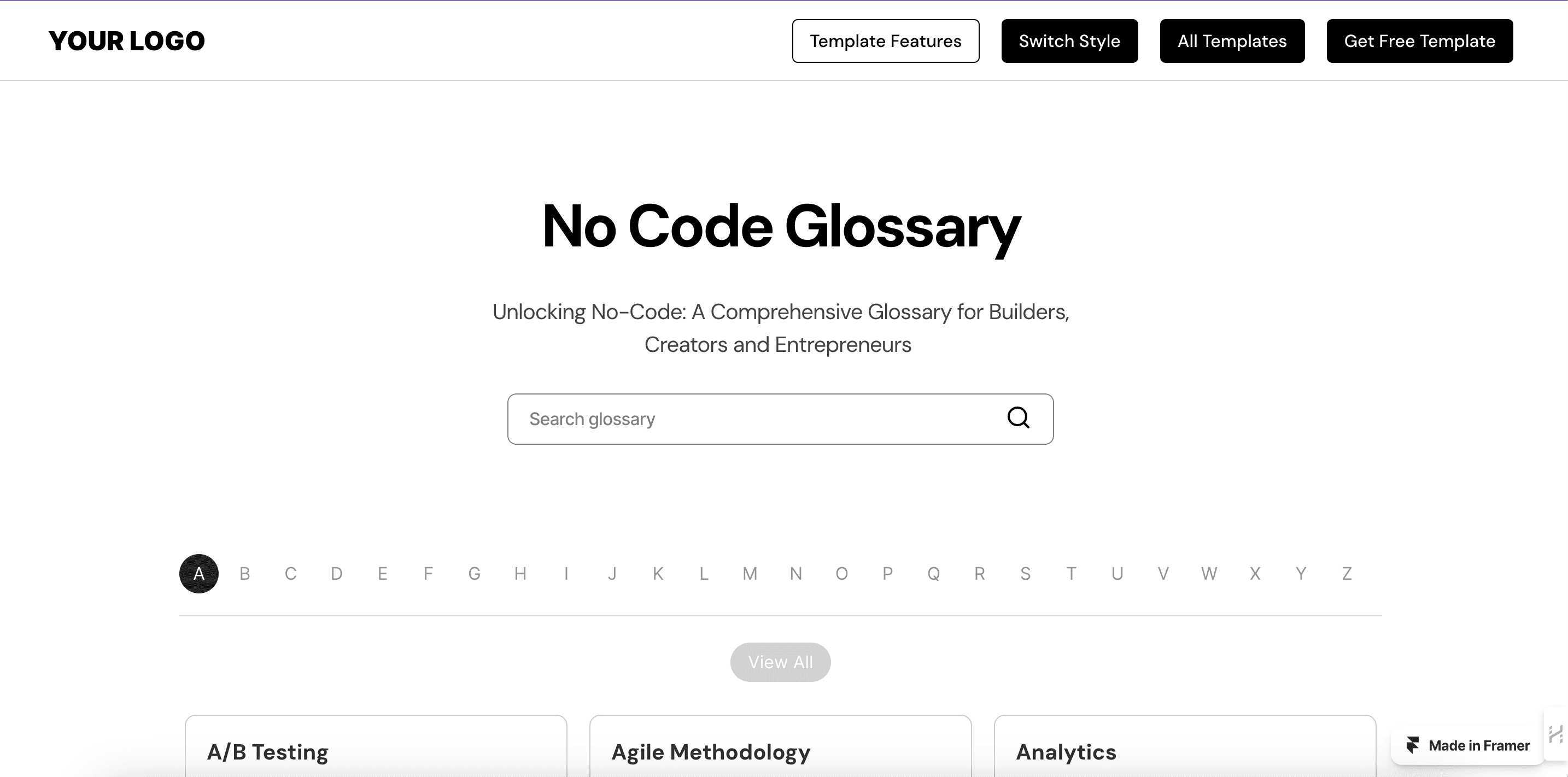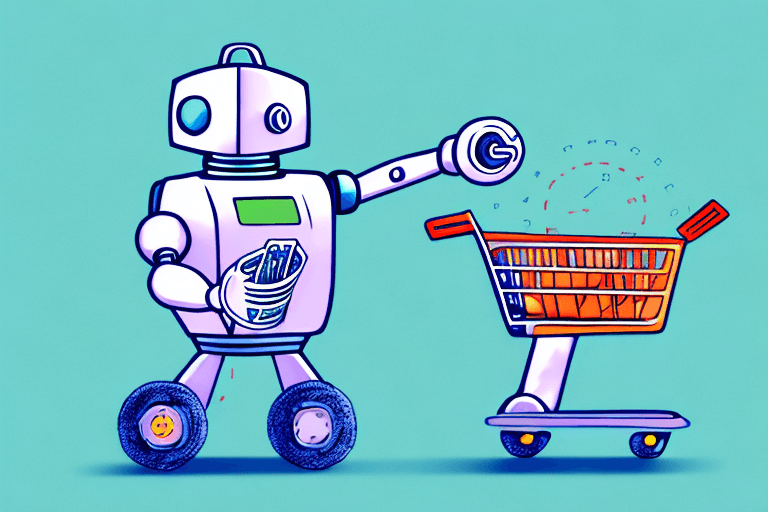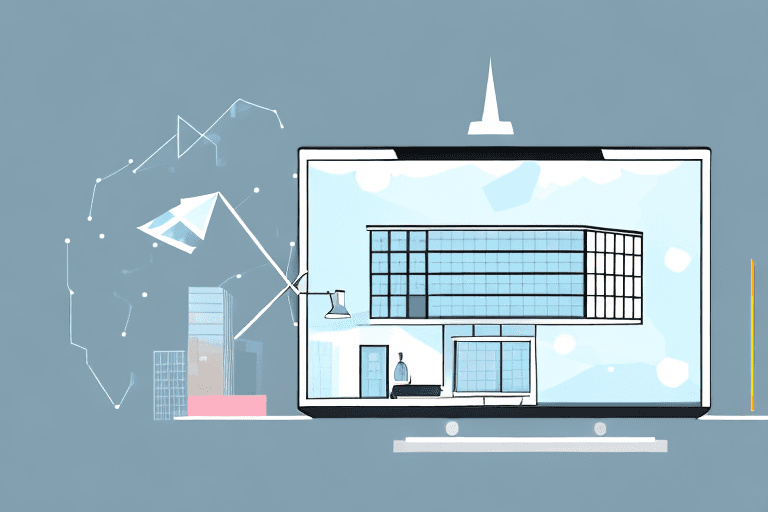Choosing the right tool for your web development project can significantly impact its success. Two popular options are Bubble, a no-code platform, and React, a JavaScript library. This comprehensive guide will help you understand the key differences between these two tools, enabling you to make an informed decision based on your specific needs.
We'll delve into factors such as development speed, customization options, performance, scalability, learning curves, and cost implications. By understanding the strengths and weaknesses of each platform, you can determine which one is the best fit for your web development project.
Understanding Bubble and React
Bubble
Bubble is a visual no-code platform that allows users to create web applications by dragging and dropping pre-built components onto a canvas. It offers a user-friendly interface with features such as workflow management, database integration, and API connections.
Key features of Bubble:
Visual interface: Intuitive drag-and-drop interface for building applications.
Pre-built components: A library of ready-to-use components for various functionalities.
Workflow management: Tools for defining the logic and behavior of your application.
Database integration: Connect to various databases to store and manage data.
API connections: Integrate with external services and APIs.
Advantages of no-code development:
Rapid development: Create applications quickly without extensive coding knowledge.
Accessibility: Suitable for non-technical founders and entrepreneurs.
Reduced development costs: Potentially lower costs compared to traditional development.
Limitations and drawbacks:
Limited customization: May have constraints in terms of design and functionality.
Performance limitations: Can sometimes experience performance issues for complex applications.
Vendor lock-in: Reliance on the Bubble platform can limit flexibility.
React
React is a JavaScript library for building user interfaces. It employs a component-based architecture, where applications are constructed from reusable components. React's declarative syntax and virtual DOM make it efficient and flexible for creating dynamic and interactive web applications.
Key concepts of React:
Component-based architecture: Break down applications into reusable components.
JSX: A syntax extension for JavaScript that allows HTML-like markup to be embedded in JavaScript.
Virtual DOM: A lightweight representation of the actual DOM, enabling efficient updates.
State and props: Mechanisms for managing data and passing it between components.
Benefits of component-based architecture:
Modularity: Break down complex applications into smaller, manageable parts.
Reusability: Create reusable components to streamline development.
Maintainability: Easier to update and maintain code as your application grows.
Challenges and considerations:
Learning curve: Requires a solid understanding of JavaScript and programming concepts.
Complexity: Can be more complex for beginners compared to no-code platforms.
Initial setup: Setting up a React development environment may involve additional steps.
Development Process Comparison
Bubble
Bubble's development process is centered around a visual interface where users can drag and drop pre-built components onto a canvas. These components represent elements such as buttons, text fields, images, and more. By connecting these components and configuring their properties, developers can define the structure and behavior of their applications.
Key aspects of Bubble's development process:
Visual editor: A drag-and-drop interface for building the application's UI.
Workflow editor: A tool for defining the application's logic and actions.
Database management: Tools for creating and managing databases.
API integration: Connecting to external services and APIs.
Limitations in customization and flexibility:
Pre-defined components: May not always meet specific design or functionality requirements.
Limited control over HTML and CSS: Less granular control over the underlying HTML and CSS structure.
Dependency on Bubble's features: Limited flexibility to implement custom solutions.
React
React's development process involves writing code using JSX, a syntax extension for JavaScript that allows HTML-like markup to be embedded in JavaScript. Developers create components, define their structure, and handle user interactions using JavaScript logic.
Key aspects of React's development process:
JSX syntax: A declarative syntax for defining components' structure.
Component-based architecture: Breaking down applications into reusable components.
State and props: Managing data and passing it between components.
Event handling: Responding to user interactions.
Greater control over UI and logic:
Custom HTML and CSS: Full control over the underlying HTML and CSS structure.
Custom components: Create highly tailored components to meet specific needs.
Complex logic: Implement complex business logic and algorithms using JavaScript.
Performance and Scalability
Bubble
Bubble's performance can vary depending on the complexity of the application and the number of users. While it offers a relatively straightforward development process, it may encounter performance limitations, especially for large-scale applications with heavy data loads.
Performance benchmarks and limitations:
Server-side rendering: Bubble's applications are rendered on the server, which can impact initial load times.
Scalability limitations: May struggle to handle high traffic and large datasets.
Performance optimization: Limited control over performance optimization techniques.
Scalability considerations for growing applications:
Performance bottlenecks: Identify and address performance bottlenecks as the application grows.
Database optimization: Optimize database queries and indexing for efficient data retrieval.
Infrastructure scaling: Consider scaling the underlying infrastructure to handle increased load.
React
React's performance is generally considered excellent due to its virtual DOM implementation. The virtual DOM efficiently updates only the necessary parts of the UI, resulting in faster rendering and a smoother user experience.
Optimization techniques and performance best practices:
Memoization: Avoid unnecessary re-renders by caching component results.
Lazy loading: Load components or data only when needed to improve initial load times.
Code splitting: Divide large bundles into smaller chunks to reduce load times.
Profiling: Use profiling tools to identify performance bottlenecks.
Scalability and handling large-scale applications:
Server-side rendering (SSR): Render React components on the server for improved initial load times.
Data fetching optimization: Optimize data fetching strategies to avoid unnecessary network requests.
Infrastructure scaling: Scale the application's infrastructure to handle increased load.
Learning Curve and Community
Bubble
Bubble's learning curve is relatively gentle for non-developers. Its visual interface and drag-and-drop functionality make it easy to understand and use. However, as applications become more complex, users may need to delve deeper into the platform's features and capabilities.
Ease of learning for non-developers:
Intuitive interface: Easy to understand and use without prior coding experience.
Guided tutorials: Comprehensive tutorials and documentation to assist beginners.
Community support: A growing community of users who can provide help and guidance.
Community support and resources:
Online forums: Active forums and communities where users can ask questions and share knowledge.
Documentation: Detailed documentation and guides available on Bubble's website.
Third-party resources: Online courses and tutorials from external providers.
React
React's learning curve is steeper compared to Bubble, as it requires a solid understanding of JavaScript and programming concepts. However, once the basics are grasped, developers can leverage React's powerful features to build complex and performant applications.
Learning curve for developers:
JavaScript proficiency: Requires a strong foundation in JavaScript programming.
Component-based architecture: Understanding of component-based design principles.
State management: Grasping the concepts of state and props.
Community size and active development:
Large and active community: A vast community of developers who contribute to React's ecosystem.
Continuous updates: React is actively maintained and updated with new features and improvements.
Abundant resources: A wealth of tutorials, documentation, and online courses available.
Availability of tutorials and documentation:
Official documentation: Comprehensive documentation and guides provided by the React team.
Online courses: Numerous online courses and tutorials catering to different skill levels.
Third-party libraries: A vast ecosystem of third-party libraries and tools to enhance React development.
Use Cases and Target Audience
Bubble
Bubble is well-suited for non-technical founders and entrepreneurs who want to quickly build and launch web applications without extensive coding knowledge. It is ideal for projects that do not require highly complex functionality or customization.
Ideal use cases for non-technical founders and entrepreneurs:
MVP development: Creating minimum viable products to test market ideas.
Internal tools: Building custom tools for internal use within organizations.
Simple web applications: Applications with basic features and functionality.
Suitable projects and industries:
E-commerce platforms: Simple online stores without extensive customization.
Landing pages: Creating marketing landing pages and lead generation forms.
Internal project management tools: Building tools for managing tasks and projects.
React
React is a powerful tool for experienced developers who need greater flexibility and control over their applications. It is ideal for projects that require complex functionality, customizability, and high performance.
Ideal use cases for experienced developers and complex applications:
Large-scale web applications: Building complex and feature-rich applications.
Single-page applications (SPAs): Creating dynamic and interactive web experiences.
Custom UI components: Developing custom UI components for specific use cases.
Suitable projects and industries:
Enterprise applications: Building complex business applications for large organizations.
Social media platforms: Creating dynamic and interactive social networking platforms.
Gaming platforms: Developing web-based gaming platforms with rich user experiences.
Cost and Licensing
Cost and Licensing
Bubble
Bubble offers various pricing plans with different features and limitations. While it provides a free plan for basic development, users may need to upgrade to paid plans for advanced features and increased usage.
Pricing plans and subscription models:
Free plan: Basic features and limited usage.
Paid plans: Advanced features, increased usage limits, and additional support.
Subscription-based: Users typically pay a monthly or annual subscription fee.
Cost considerations for different project sizes:
Small projects: The free plan may be sufficient for basic applications.
Medium projects: Paid plans may be necessary for additional features and increased usage.
Large projects: Enterprise plans with customized pricing may be required for complex applications.
React
React is an open-source project, which means it is freely available to use and modify. There are no licensing fees associated with React itself. However, developers may incur costs for additional tools, libraries, and hosting services.
Open-source nature and licensing:
MIT License: React is licensed under the MIT License, which allows for free use and modification.
No licensing fees: There are no direct costs associated with using React.
Third-party libraries: Developers may need to consider licensing costs for third-party libraries used in their projects.
Cost implications for development and maintenance:
Development costs: Costs associated with hiring developers and maintaining the project.
Hosting costs: Costs for hosting the application on a web server.
Maintenance costs: Costs for ongoing updates, bug fixes, and feature enhancements.
Bubble vs. React Comparison Table
The following table provides a side-by-side comparison of Bubble and React:
The choice between Bubble and React depends on various factors, including project requirements, development expertise, and budget constraints. Bubble offers a rapid development approach for non-developers, while React provides greater flexibility and control for experienced developers.
Recap of key differences between Bubble and React:
Development process: Bubble uses a visual interface, while React requires code-based development.
Performance: React generally offers better performance due to its virtual DOM implementation.
Scalability: React is well-suited for large-scale applications, while Bubble may have limitations.
Learning curve: Bubble is easier to learn for non-developers, while React requires more programming knowledge.
Use cases: Bubble is suitable for simpler applications, while React is ideal for complex and customizable projects.
Cost: Bubble has subscription-based pricing, while React is open-source but may incur costs for additional tools and services.
Summary of factors to consider when choosing a platform:
Project complexity: How complex is the application you want to build?
Development expertise: Do you have developers with experience in coding?
Time constraints: How quickly do you need to launch the application?
Budget: What is your budget for development and maintenance?
Scalability requirements: How important is scalability for your application's future growth?
Final recommendation based on project requirements and developer expertise:
For non-technical founders and entrepreneurs with simple projects: Bubble may be a suitable option due to its ease of use and rapid development.
For experienced developers working on complex projects: React offers greater flexibility, performance, and scalability.
If unsure, consider a hybrid approach: Use Bubble for prototyping or initial development and transition to React for more advanced features.
By carefully evaluating these factors, you can make an informed decision that aligns with your project goals and development resources.
Are you considering Bubble for your next project? If you’re looking for expert guidance and support, contact Goodspeed, our team of expert Bubble Developers, to discuss your project and explore how we can help you bring your vision to life.
Frequently Asked Questions (FAQs)
1. Can I use Bubble and React together for a single project?
While it's possible to integrate Bubble and React, it's generally not recommended due to potential compatibility issues and increased complexity. It's often more efficient to choose one platform for the entire project.
2. Are there any security considerations when using Bubble or React?
Both Bubble and React have security measures in place, but it's important to follow best practices to protect your applications. This includes using secure authentication methods, input validation, and keeping software up-to-date.
3. Can I export my Bubble application to React or vice versa?
There are no direct tools for exporting Bubble applications to React or vice versa. However, you may be able to migrate some components or data manually, depending on the complexity of your application.
4. How does Bubble handle SEO compared to React?
Both Bubble and React offer SEO features, but their approaches differ. Bubble provides built-in SEO tools, while React requires more manual optimization. Factors like meta tags, page titles, and content structure are crucial for both platforms.
5. Can I use custom themes with Bubble or React?
Yes, you can customize the appearance of your application using both Bubble and React. Bubble offers a limited range of built-in themes, while React allows for more granular control over styling using CSS or CSS frameworks.


